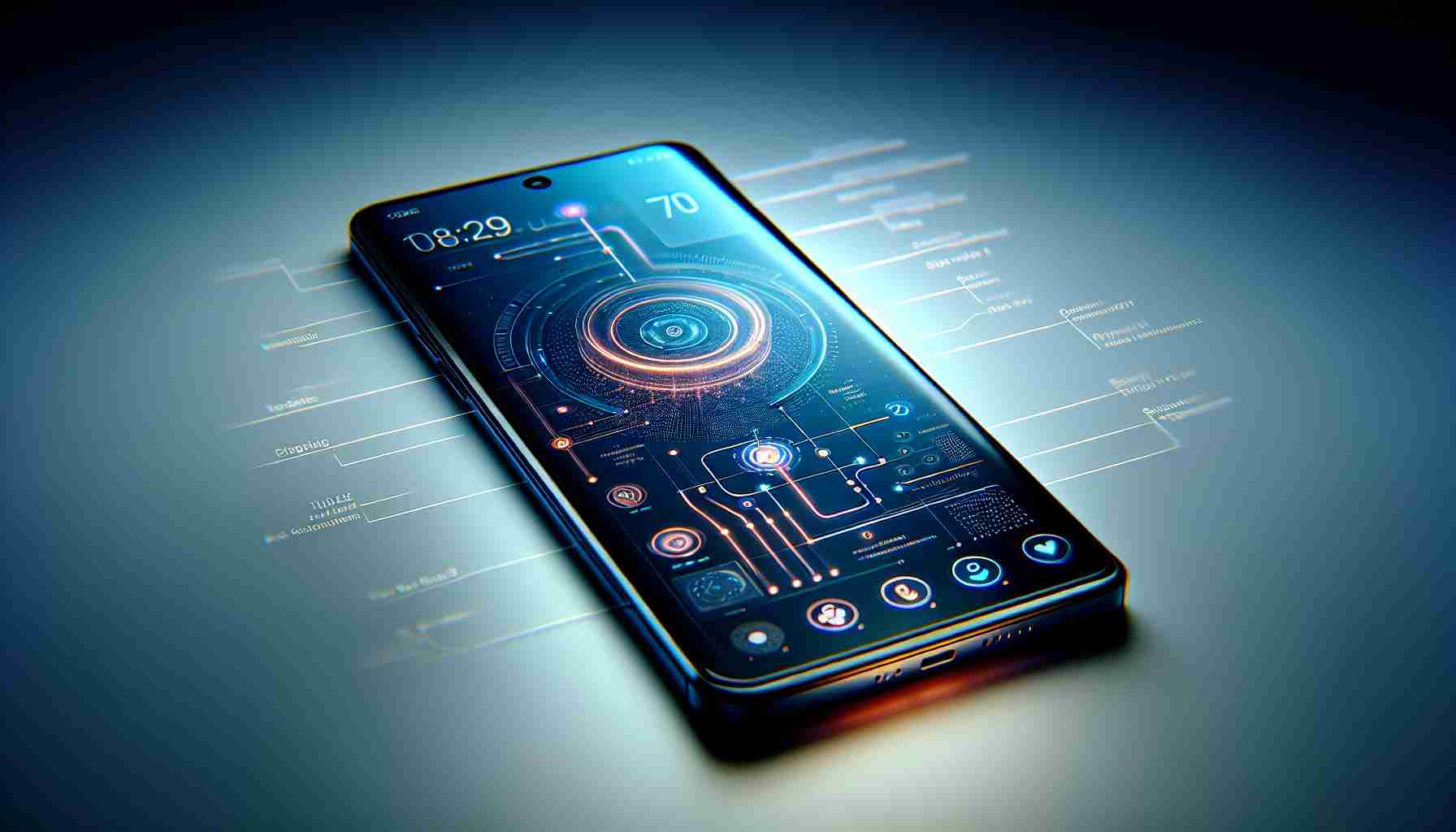Huawei has unveiled its high-end Pura 70 smartphone series, with two models launching amid high anticipation. The series is marked by the incorporation of Huawei’s proprietary HarmonyOS 4.2, representing a step forward in building their ecosystem.
The standout model, the Pura 70 Ultra, boasts a 6.80-inch display and a potent mix of cameras—a 13-megapixel front shooter paired with a rear triple camera system (50-megapixel, 40-megapixel, and 50-megapixel). It is complemented by a hefty 16GB of RAM, 512GB of onboard storage, and a robust 4815mAh battery, with a resolution of 1260×2844 pixels enhancing its visual allure.
Upon release, both the Pro and Ultra variants were quickly snatched up by consumers, manifesting the series’ high demand. The Plus and base versions are poised to follow suit, with sales beginning on April 22.
Buyers like Lucas Zhuang who explored the new device in-store have noted its remarkable network speeds that rival the performance of 5G, despite semiconductor restrictions faced by the company in the U.S.
Industry experts like Ivan Lam of Counterpoint Research have an optimistic view of the launch, predicting shipments approaching 60 million units this year, a notable jump from the previous year’s figures.
Starting at a competitive price of 5,499 yuan ($760.06), the Pura 70 series demonstrates Huawei’s unwavering commitment to innovation. Despite the uncertainties over chip supply chains due to U.S policy reviews, Huawei’s use of the Kirin 9000S chip showcases China’s persistence in technological advancement. With sights set on fully integrating HarmonyOS into future Mate 70 models, Huawei is strategically positioning itself to challenge industry giants such as iOS and Android in the operating system arena.
Important Questions and Answers:
Q: What makes the Huawei Pura 70 series smartphones stand out?
A: The standout features of the Huawei Pura 70 Ultra include a high-resolution 6.80-inch display, a powerful combination of cameras with a 13-megapixel front and a 50-megapixel+40-megapixel+50-megapixel rear triple camera system, sizeable 16GB of RAM, large 512GB onboard storage, and a strong 4815mAh battery. HarmonyOS 4.2 is also a distinctive feature, marking Huawei’s dedication to strengthen its own ecosystem.
Q: What are the challenges faced by Huawei?
A: One of the key challenges for Huawei is the semiconductor restrictions imposed by the U.S. government, which have affected its supply chains and may limit its ability to produce and sell smartphones. Also, challenging incumbent operating systems like iOS and Android is a significant hurdle.
Q: Have there been any controversies associated with Huawei’s new smartphone launches?
A: While the article does not mention controversies, Huawei has previously faced accusations of security risks and espionage, leading to distrust among some consumers and bans in certain countries. Their ability to navigate this reputation amid new product launches is critical.
Advantages and Disadvantages:
Advantages:
– The Pura 70 series features a sophisticated camera system and high RAM, making it competitive in the high-end smartphone market.
– HarmonyOS 4.2 signifies Huawei’s progress in building an independent and potentially competitive ecosystem.
– Competitive pricing makes it an attractive option in its segment.
Disadvantages:
– Semiconductor restrictions may hinder production capabilities and future innovation.
– Huawei’s restricted access to certain markets and tarnished reputation may limit its global competitiveness.
– Users may be hesitant to switch to HarmonyOS from more established systems like iOS and Android due to lack of familiarity or app availability.
For further information and to stay updated with Huawei’s product offerings, visit the main website domain via the following link: Huawei Official Website. Please note that while this link is believed to be valid as of my knowledge cutoff in 2023, web addresses are subject to change or may vary by region.
The source of the article is from the blog jomfruland.net
